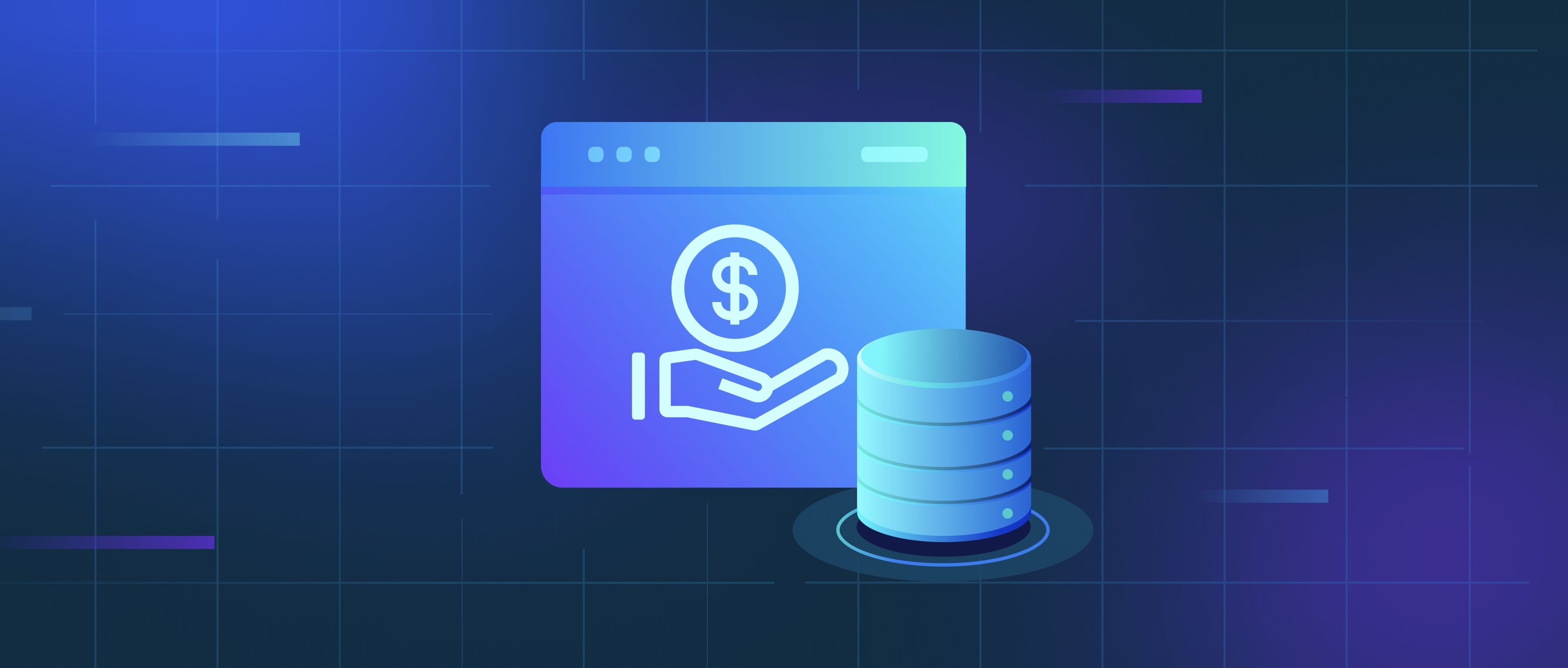Spark Streaming is a powerful extension of Apache Spark that enables real-time data processing by allowing developers to handle streams of data efficiently. It works by breaking down incoming data streams into smaller batches, called micro-batches. Each of these micro-batches is processed using the same Spark engine that handles batch processing, allowing developers to leverage their existing knowledge of Spark while processing real-time data. This approach simplifies the integration of real-time data with existing data sources and processing techniques.
To start processing a stream of data with Spark Streaming, developers typically set up a streaming context that defines the configurations for processing the data. This can involve specifying the source of the data, such as Kafka, Flume, or any TCP socket. Once configured, Spark Streaming divides the incoming stream into continuous small batches, processing each one within a specified duration. Each batch can undergo various operations, such as filtering, mapping, and reducing, much like traditional Spark operations on static datasets. For example, a developer might read log data from a website and perform real-time analytics to track user engagement metrics.
The results of each micro-batch can be stored or forwarded to various sink systems, such as databases, file systems, or dashboards for visualization. Spark Streaming’s ability to integrate seamlessly with the full Spark ecosystem allows developers to enrich real-time data with historical data stored in databases like HDFS or Amazon S3. By doing so, they can enhance their insights and analytics. Overall, Spark Streaming provides a robust framework for processing real-time data with the same ease as batch processing, making it an ideal choice for applications that require timely data insights.
